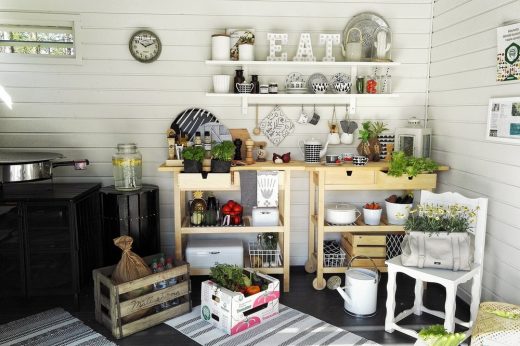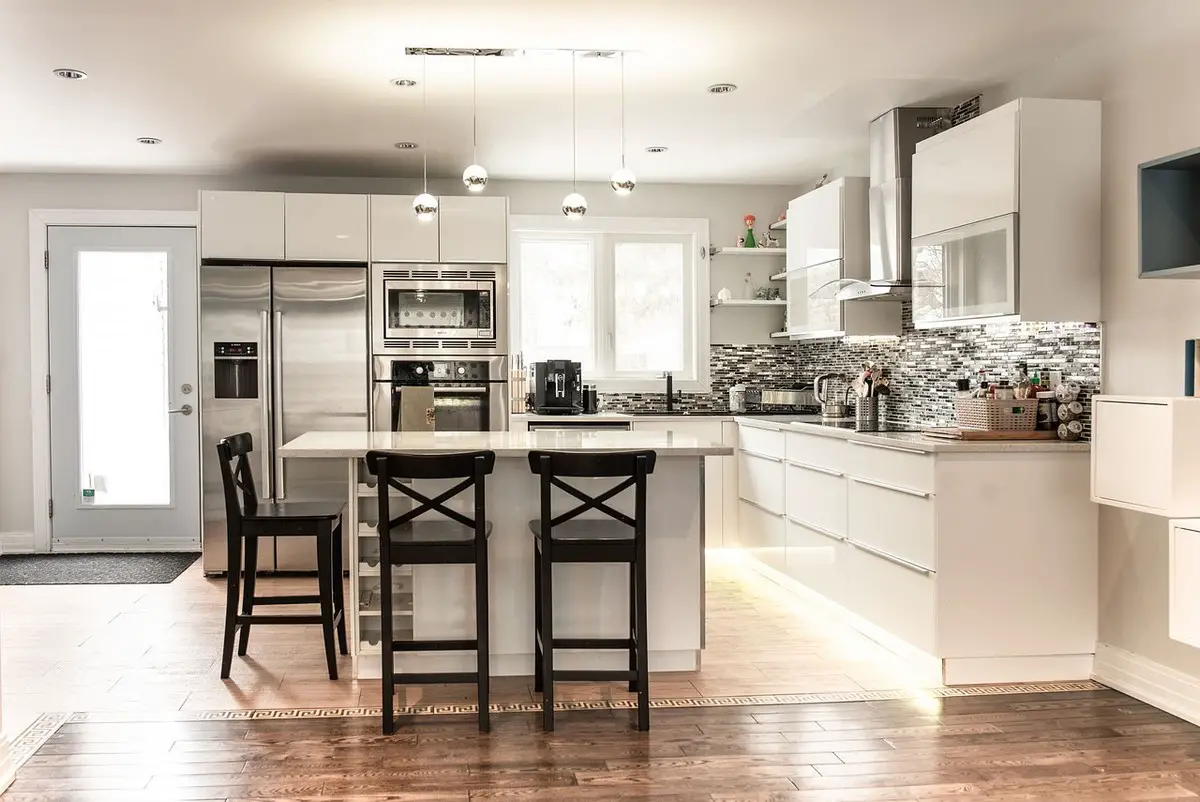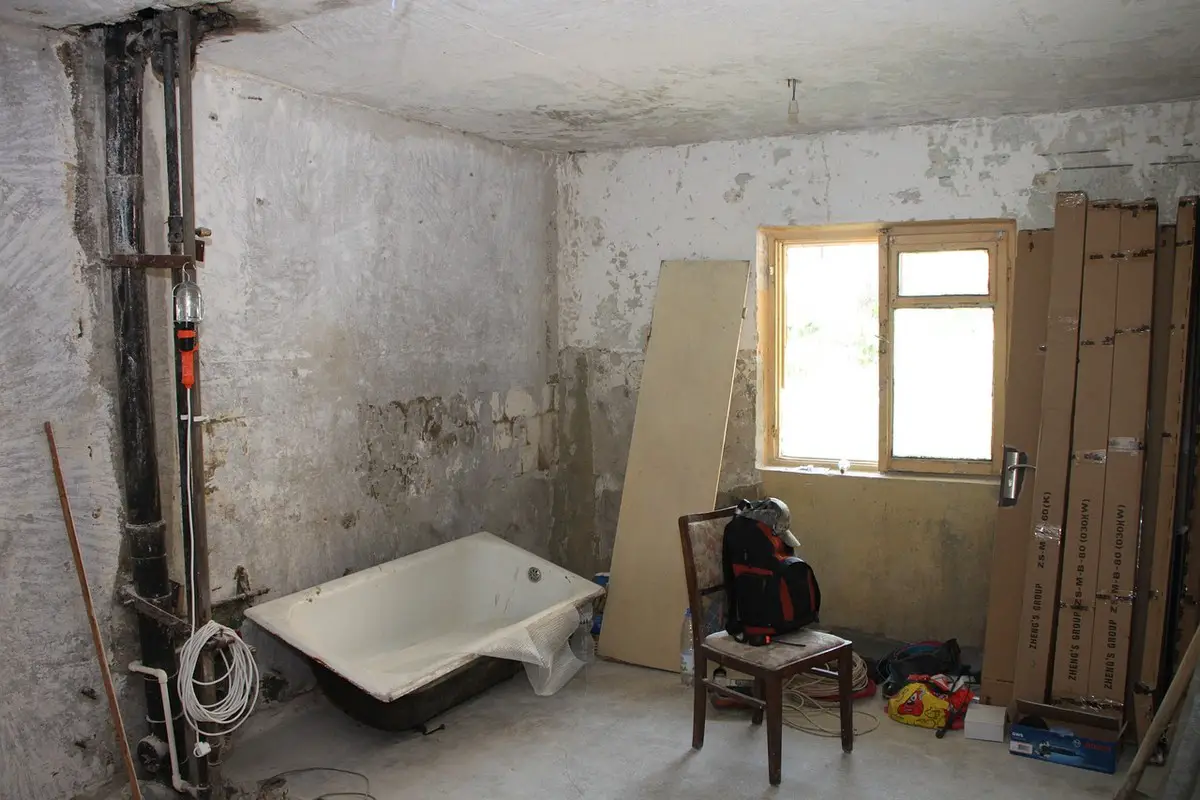Home renovations safety guide, House refurbishment H&S advice, Property renewal building work tips
Home Renovations Safety Importance
7 October 202
Why Safety Is So Important in Home Renovations
Most construction contractors understand that safety is important in new construction, but it’s just as important in home renovating; and there are some additional considerations you’ll need to bear in mind when renovating an existing structure. Taking safety in home renovations seriously can help you save money, save time, and of course, protect the people working for you.
What are the most important things you’ll need to consider?
Active Systems
When you build something from scratch, you’ll be building everything fresh. You’ll be designing, creating, and installing totally new systems. But when you practice renovation work, you’ll have to acknowledge and account for active systems that are already in place. When doing renovations on a home, you’ll need to keep in mind the presence of water lines, gas lines, electrical wiring, and even data lines.
If you’re demolishing an old kitchen and creating a new one, it’s tempting to go in and just start destroying. But if you accidentally cut a water line, or if you trigger a gas leak because of your work, it could pose a deadly hazard to everyone on the job-site, cost you lots of money to fix, and set back your timeline considerably.
The most important safety precaution to take here is identification. Get access to blueprints of the property so you can correctly acknowledge all existing utilities and systems. Use smart utility locators to help you identify utility lines that you can’t see. And if you have to do any digging, make sure you call 811 and get those utility lines marked properly.
Current Materials
You’ll also need to acknowledge the materials used in the property, especially if you’re going to be doing demolition work. Historically, buildings have been constructed using a wide range of hazardous materials, which we didn’t know were hazardous at the time.
Asbestos, for example, was commonly used in construction until the 1980s, but we now know it’s capable of causing mesothelioma, a rare type of cancer. And of course, lead-based paint was common until 1978 – and we all know how harmful lead can be to adults and children.
If you’re going to practice activities like sanding, cutting, or demolition, it’s important to be aware of the possibility that these materials exist. If you identify asbestos, lead, or other hazardous materials in the environment, it’s a good idea to contact an abatement professional who can safely handle these materials.
Also, egregiously hazardous materials shouldn’t be your only concern. Relatively safe materials, like concrete, brick, mortar, and stone can also contain particles that are dangerous in certain circumstances; for example, destroying brick and stone can send silica particles into the air, jeopardizing the health of people who breathe in these particles without proper protection.
Task-Specific Safety Measures
It’s also important to incorporate safety measures that are specific to the tasks required by the job.
For example:
- Demolition work. Any kind of demolition work is going to require you to have dust masks or some form of other respiratory protection, as well as goggles, gloves, and coveralls. Depending on the environment, it’s also a good idea to use plastic sheeting to create a containment area.
- Hot work. Hot work, including work that can produce heat, sparks, or flames necessitates specific safety measures like establishing a fire watch.
- Physically demanding labor. In some cases, renovation work can be extremely physically demanding; swinging a sledgehammer around can be exhausting and increase the risk of serious injury. Ideally, you’ll minimize the number of physically demanding tasks with better tools and strategies, but this isn’t always possible.
- Material disposal. You’ll also need specific precautions to handle material disposal. It’s a good idea to pick up trash as you go to prevent tripping hazards and use a HEPA vacuum cleaner to keep the area as clean as possible. Additionally, it’s important to clean your tools and PPE, replacing them as necessary so they continue to serve their purpose.
Better Tools and Equipment
Just as with any construction job-site, it’s important to invest in your tools and equipment. That includes not only tools that can help you engage in specific tasks, but also PPE. For example, an oscillating tool to remove drywall could be used in lieu of a manual sledgehammer, reducing the physical demands of the labor while simultaneously reducing risks of incidental damage to utility lines. Purchasing high-quality, properly fitted PPE can also help reduce the risk of potential harm.
Safety in home renovation can be challenging, especially as a smaller operation, but the investment is more than worth it. Practicing home renovations with clear safety standards and protocols in place can keep your team safe, help you meet your deadlines more consistently, and ultimately save you money.
Comments on this guide to Home renovations safety article are welcome.
Sustainable Building Design
Sustainability Posts
Teaching your family how to save energy

How to Design an Energy Efficient Building
How to Make a Home more Eco-friendly
Can you have a net-zero house?
Buildings
Residential Architecture Articles
Comments / photos for the Home renovations safety advice page welcome.






